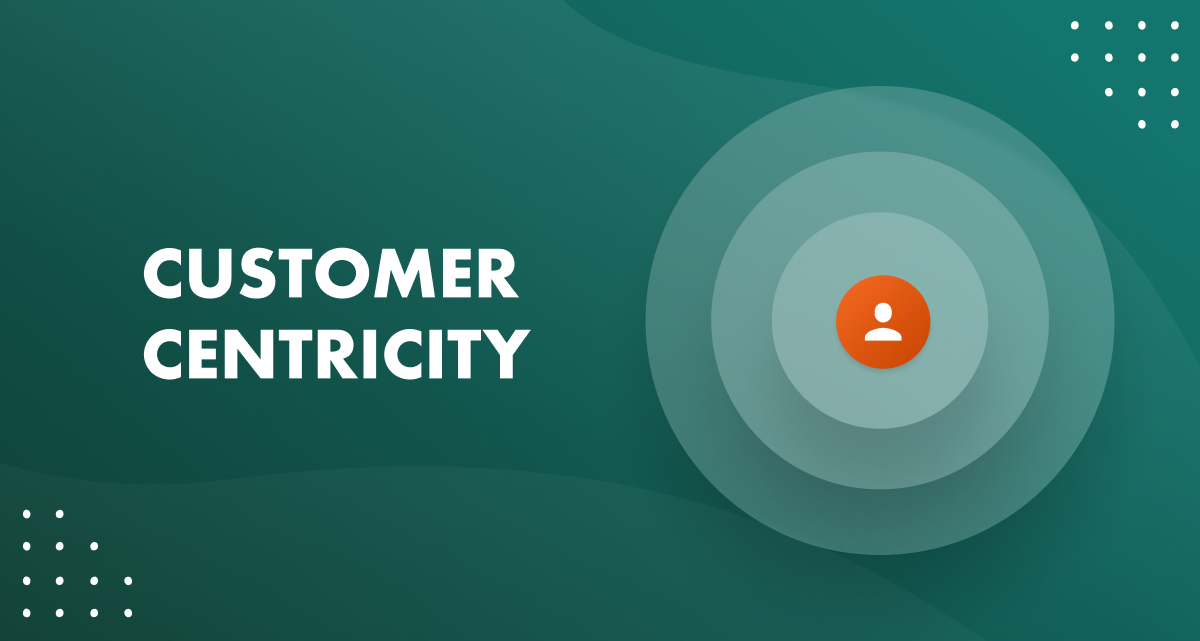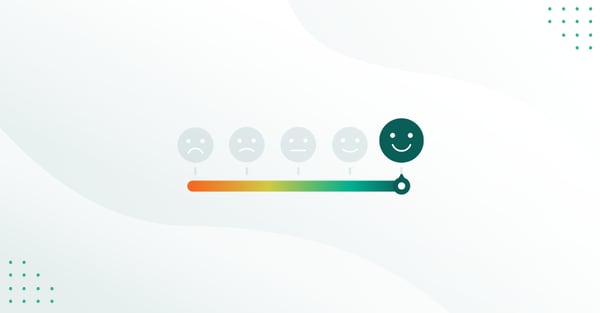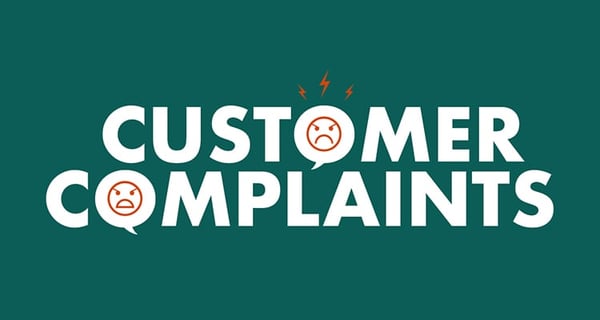As a CRO of a SaaS company, I often think about what we should do to create a stellar customer experience to our customers and make sure that our product creates value for them.
I also wonder whether we’re doing enough and whether we’re doing it right.
Our product – SuperOffice CRM – is designed to help companies build long-lasting customer relationships and generate higher and more sustainable revenue.
That’s why we put relationships in the center of our business strategy!
In our company we always think about our customers: we analyze their needs, we ask for and listen to their opinions, we make sure that they get the attention that they need. And we try to do it all in a most transparent and data-driven way.
In other words, we are customer-centric!
But what does this concept really mean today, is customer-centricity a universal solution for any business, and are there any challenges in this approach? Lately I've been giving this a lot of thought.
Defining customer-centricity
If you google the definition of customer-centricity, you’ll see a range of definitions.
One of the biggest problems with these definitions is that often the terms great “customer service” and “customer-centricity” are used interchangeably. This is not the case.
In my opinion, being customer-centric isn’t equal to just delivering a positive customer experience!
For me, customer-centricity means:
- thinking the way your customers think,
- listening to their opinion, and
- putting their needs at the center of your business strategy.
Oddly enough, all of these don’t guarantee a positive customer experience.
Another problem is that the definition is being reduced to the simple formula “You should always put your customers first”. Don’t get me wrong – the statement is true, but how you do it is not always an easy and straight path. To become customer-centric you need a strategy.
In this article I’d like to analyze the concept itself, highlight a few customer-centricity trends, and point to two key challenges.
What does it mean to be customer-centric?
A customer-centric business focuses on building a product and its promotion strategy around the customers and their needs.
Customer-centricity is achieved through:
- Building products and services around customer personas’ needs;
- Establishing a strong company culture with a customer-centric narrative;
- Investing heavily in customer service;
- Having a strategy for collecting and acting on customer feedback;
- Making it easy for customers to connect with your teams;
- Implementing transparent communication channels.
In the middle of a customer-centric culture, there’s communication – with customers, with the leadership team, and with employees. Customer-centric companies make decisions based on the insights they get as a result of open communication between those who use a product and those who create it.
Then came customer obsession – a principle first introduced by Amazon.
This concept was defined (more or less) as customer-centricity with a deep focus on building long-lasting relationships with customers and turning them into brand advocates eventually.
Experts say that investing in customer obsession may result in a 700% ROI over 12 years. Of course, the outcomes will vary depending on your business type.
Frankly, I think that customer-centricity and customer obsession are different facets of the same concept. Once you’ve managed to put the customer at the center, you can make an effort to establish long-lasting relationships with them.
Customer-centricity trends
But why are businesses so crazy about customer-centricity?
OK, I understand the hype around it, but what about the actual facts?
Let’s take a look at a few statistical findings:
- Customers are 1.4x more likely to trust a customer-obsessed brand.
- Customer data is the base of customer-centric cultures. Companies that collect and act on customer behavioral insights outperform competitors by 85% in sales growth and more than 25% in gross margin.
- Businesses focusing on customer experience may see an 80% in revenue.
- 68% of customers agree they’ll spend more with brands that know their needs and treat them like individuals.
- 63% of consumers think companies need to get better at listening to their feedback. 62% of respondents also believe that businesses should care more about them.
- 58% of senior executives called customer data and insights their top priority in 2022.
- Customer-centricity should have a positive impact on your employee engagement. Customer-focused companies have employees that are 1.5x more engaged than those who don’t put customers front and center.
When you look at these statistics, it’s not hard to see the reasons behind the popularity of customer-centricity among small businesses and startups.
Two key challenges on your way to customer-centricity
When you decide to adopt a customer-centric mindset, there are two main challenges you are likely to face.
1. Customer-centricity starts with employees
What my own experience has shown is that to really focus on the customer you need to get every employee on board.
You can’t just announce: “From now on we shall be a customer-centric business”. It doesn’t work that way.
Too often, a business strategy remains a vague concept because company management fails to explain it to employees.
What exactly does the transition mean to the entire company? How is it reflected in your strategy? You need to communicate it clearly to each and every one in your organization.
The transition should be company-wide!
A new mindset should be documented in your company’s mission, statement, and vision. When the entire organization’s focus is on the customer, all the internal processes will reflect that.
2. Customer-centricity relies on customer data
To deliver customer-centric experiences, companies need to be armed with customer insights.
How up-to-date are your customer profiles? 39% of marketers say the customer data at their disposal is usually inaccurate. While 35% of experts agree it’s difficult to act on this data.
The lack of accurate data makes it impossible to adopt the customer-centric mindset. You need a solid customer insight and feedback strategy – which is easier said than done. To build one, you need to break down silos within the organization first.
Organizational silos are the major challenge on your way to building a customer-centric culture. The data obtained by your customer support reps rarely reaches the tech team and vice versa.
The good news is that implementing a centralized data management system, for example a CRM system, will help you address this problem and put the customer data at the center of your business.
Another issue with customer insights is that it’s impossible (and, frankly, counter-productive) to adjust your business strategy to the likes of each and everyone. It’s a mistake to want to be universal and answer every customer’s needs and wishes.
Along with collecting feedback from your clients, you need to develop a mechanism for filtering the information you receive and focus more on who your ideal customer is.
Customer-centricity: not a business objective, but a motivational strategy
Since it’s trendy nowadays to proclaim loyalty and determination to be a customer-centric business, 75% of businesses consider themselves customer-centric, yet only 30% of consumers agree with it.
A rather alarming discrepancy, don’t you think? That’s why it’s important to analyze what works best for your business.
Still I have no doubt that many businesses in today’s world can benefit from a customer-centric mindset.
But there is a nuance.
The biggest mistake you can make is to treat customer-centricity as an objective – a state that you intend to reach at the end.
Instead, you should use it as a strategy – an engine powering your organizational culture, decision-making and relationships with your customers.
For us at SuperOffice, the key objective is to help companies create sustainable customer relationships, and we’re approaching it strategically by putting the customer first.




